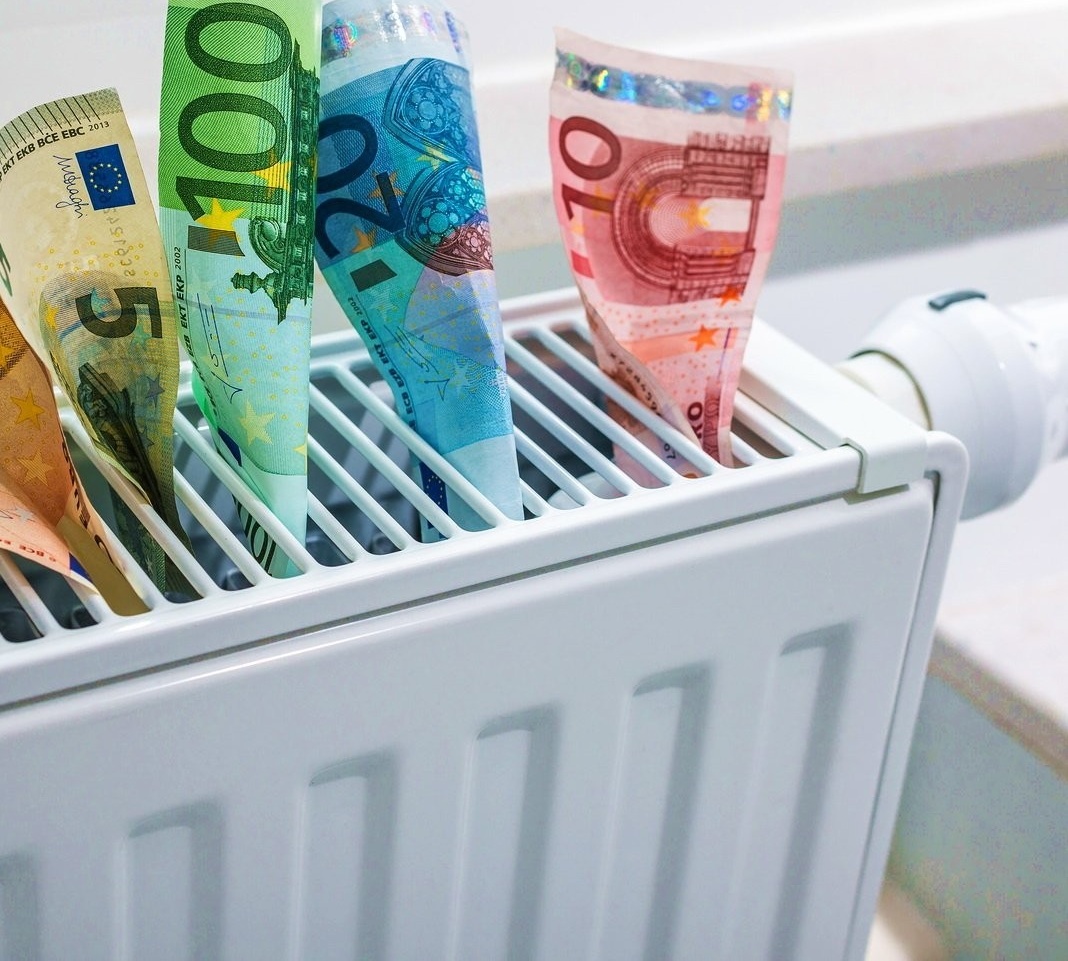Overview of the best energy-saving heating systems for a private house
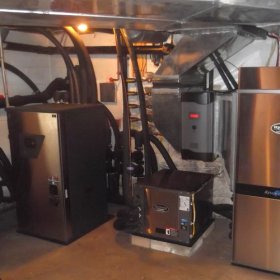
The desire for energy saving is an urgent need of mankind. On our planet, fewer resources remain, their cost is constantly growing, and by-products of human activity poison the environment. Energy conservation is one way to solve the problem. Choosing energy-saving heating for your home, you save resources, make a personal contribution to the preservation of the environment and create a comfortable microclimate in the house. There are several popular technologies that allow you to implement this comprehensive program. We offer an overview of energy-saving heating systems for a private house.
Content
Types of energy sources
Traditionally, several energy sources are used for heating:
Solid fuels - a tribute to tradition
For heating use firewood, coal, peat briquettes, pellets. Solid fuel boilers and furnaces can hardly be called economical or environmentally friendly, but the use of new technologies can significantly reduce fuel consumption and, as a result, the amount of combustion products emitted into the atmosphere.
In recent years, the number of sales of gas generating furnaces and boilers has been increasing. Their advantages are complete combustion of fuel, the use of pyrolysis gas as a heat source. Installing such a boiler saves energy. We recommend purchasing such solid fuel boilers from trusted retailers.
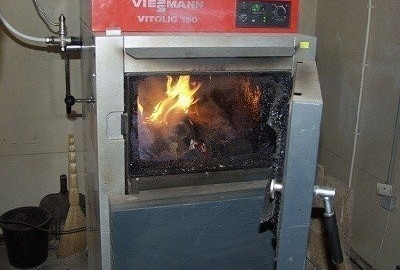
The principle of operation of the pyrolysis (gas-generating) boiler is based on the use of pyrolysis gas, which is used as fuel. The wood in such a boiler does not burn, but smolders, due to which a portion of the fuel burns out much longer than usual and gives more heat
Liquid fuel is expensive but popular
This is liquefied gas, diesel fuel, waste oil, etc. A large amount of liquid fuel is always consumed for heating a home, and methods have not yet been devised to significantly reduce consumption. This heating equipment requires careful maintenance, regular cleaning from soot and soot.
Most types of liquid fuel have another drawback - high cost. And yet, despite the obvious flaws, liquid fuel boilers in second place in popularity after gas.
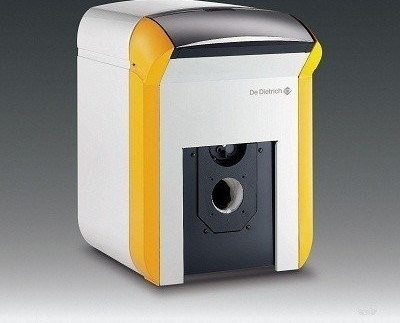
Oil boilers are convenient in cases where there is no gas pipeline near the house and you need to equip a completely independent heating system
Gas - affordable and cheap
In traditional gas boilers, fuel consumption is high, but condensing models have solved this problem. Their installation allows you to get the maximum heat with a minimum gas flow. The efficiency of condensing boilers can reach more than 100%. Many models of well-known brands can be transferred to work on liquefied gas. To do this, simply change the nozzle. Another energy-saving option is infrared gas heating.
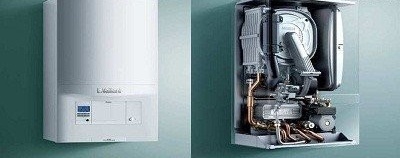
Condensing boilers are a new word in the production of gas heating equipment. They consume fuel efficiently, have high efficiency, and are ideally suited for arranging heating and hot water supply in private houses
More about gas boilers read here.
Electricity is a convenient and safe source of heat.
The only drawback of using electricity for heating is its high cost. However, this issue is being addressed: electric heating systems are constantly being developed that consume a relatively small amount of energy and provide efficient heating. These systems include warm floor, film heaters, infrared radiators.
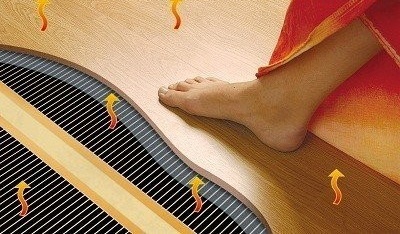
Warm floors are most often used as an additional or alternative system for heating a house. The advantage of this type of heating is that the air is heated at the level of human growth, i.e. the principle is implemented - “legs are warm, head is cold”
Heat pumps - economical and environmentally friendly installations
Systems operate on the principle of converting the thermal energy of the earth or air. In private homes, the first heat pumps began to be installed back in the 80s of the 20th century, but at that time only very wealthy people could afford them.
Every year, the cost of installations is becoming lower, and in many countries they have become very popular. So, in Sweden, heat pumps heat about 70% of all buildings. Some countries are even developing building codes that oblige developers to install geothermal and air systems for heating.
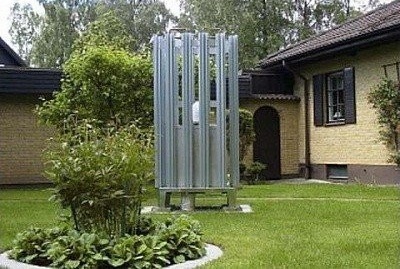
Heat pumps are installed by residents of the USA, Japan, Sweden and other European countries. Some craftsmen collect them with their own hands. This is a great way to get energy to heat your home and save the environment.
Solar systems - a promising source of energy
Solar thermal systems convert radiant solar energy for heating and hot water. Today, there are several types of systems that use solar panels, collectors. They vary in cost, complexity of production, ease of use.
Every year there are more and more new developments, the capabilities of solar systems are expanding, and prices for designs are reduced. While it is unprofitable to install them for large industrial buildings, but for heating and hot water supply of a private house, they are quite suitable.
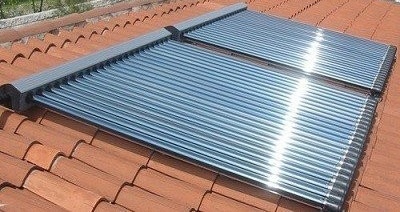
Solar thermal systems require only initial costs - during the purchase and installation. After installation and configuration, they work autonomously. Solar energy is used for heating.
Thermal panels - energy-efficient heating
Among energy-saving heating systems, thermal panels are especially popular. Their advantages are economical energy consumption, functionality, ease of use. The heating element consumes 50 watts of electricity for heating per 1 m², while traditional electric heating systems consume at least 100 watts per 1 m².
A special heat-storage coating is applied to the back of the energy-saving panel, so that the surface heats up to 90 degrees and actively gives off heat. The room is heated by convection. The panels are absolutely reliable and safe. They can be installed in children's, playrooms, schools, hospitals, private homes, offices.They are adapted to power surges, are not afraid of water and dust.
An additional “bonus” is a stylish appearance. Devices fit into any design. Installation is not complicated; all the necessary fasteners are supplied with the panels. From the first minutes of turning on the device, heat is felt. In addition to air, the walls are warming up. The only minus is the use of panels is unprofitable in the offseason, when you just need to slightly warm the room.
Monolithic Quartz Modules
This heating method has no analogues. It was invented by S. Sargsyan. The principle of operation of heaters is based on the ability of quartz sand to accumulate and transfer heat well. Appliances continue to heat indoor air even after a power outage. Systems with monolithic quartz electric heating modules are reliable, easy to use, do not require special care and maintenance.
The heating element in the module is completely protected from any external influences. Thanks to this, the heating system can be mounted in rooms of any purpose. The term of operation is not limited. Temperature control is automatic. Devices are fireproof, environmentally friendly.
Savings when using electric heating modules is about 50%. This became possible because the devices do not work 24 hours a day, but only 3-12. The time during which the module consumes electricity depends on the degree of thermal insulation of the room where it is installed. The higher the heat loss, the greater the energy consumption. This type of heating is used in private homes, offices, shops, hotels.
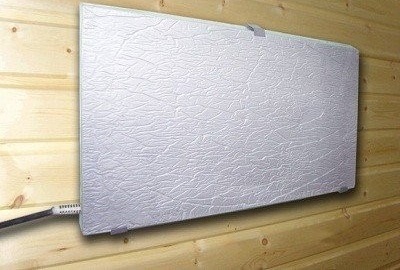
Monolithic quartz electric heating modules do not emit noise during operation, do not burn air, and do not raise dust. The heating element is monolithic in a design and is not afraid of any external influences
PLEN - a worthy alternative
Film radiant electric heaters are one of the most interesting developments in the field of energy-saving heating technologies. PLEN systems economical, efficient and quite capable of replacing traditional types of heating. Heaters are placed in a special heat-resistant film. PLEN are mounted on the ceiling.
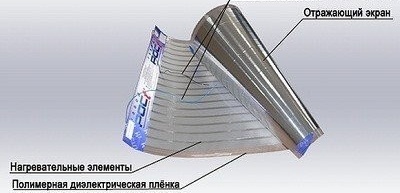
The radiant film heater is an integral structure consisting of power cables, heaters, a foil screen and a high-strength film
The principle of operation of such a system
Infrared radiation heats the floor and objects in the rooms, and they in turn give off heat to the air. Thus, the floor and furniture also play the role of additional heaters. Due to this, the heating system consumes less electricity and gives maximum results.
The automation is responsible for maintaining the desired temperature - temperature sensors and a temperature regulator. The systems are electrical and fireproof, do not dry out the air in the rooms, operate silently. Since heating occurs predominantly through radiation and, to a lesser extent, due to convection, PLENs do not favor the spread of dust. The systems are very hygienic.
Another important advantage is the absence of emission of toxic combustion products. Systems do not need special care, are harmless to human health, and do not poison the environment. With ceiling infrared heating, the warmest zone is at the level of the legs and torso of the person, which makes it possible to achieve the most comfortable temperature regime. The life of the system can be 50 years.
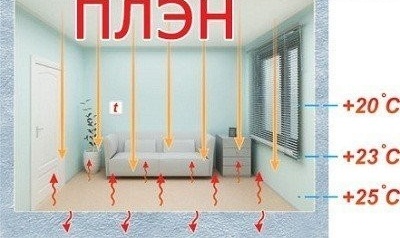
An infrared heater performs approximately 10% of the heating work in the room. 90% are on the floor and large furniture. They accumulate and give off heat, thus becoming part of the heating system
What makes an ESP so profitable?
The buyer bears the greatest expenses at the time of purchase of the film heater.The design is easy to install, and you can install it yourself if you wish. This saves on employees. The system does not require maintenance. Its design is simple, therefore durable and reliable. It pays off in about 2 years and is able to serve for decades.
Its biggest plus is significant energy savings. The heater quickly warms up the room and subsequently simply maintains the specified temperature regime. If necessary, it can be easily removed and mounted in another room, which is very convenient and beneficial in case of moving.
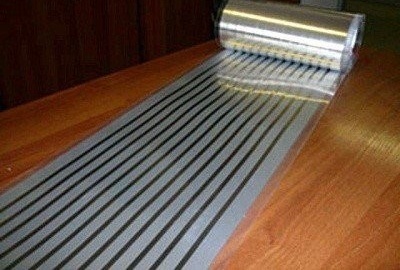
Infrared radiation has a positive effect on human health, activates the body's defenses. Having installed PLEN, the owner of the house, in addition to heating, additionally receives a real physiotherapy room
Training film for the installation of PLEN
The video shows all the stages of installation of a film heater:
The importance of reducing heat loss
The purpose of the review of energy-saving heating systems for a private home is to help readers choose the most profitable way to heat their homes. New systems appear every year, and information about them can save significant amounts to many people. But even the most advanced energy-saving heating technologies will be useless if you do not take care of home insulation in a timely manner.
Good double-glazed windows and insulated doors will help reduce heat loss by 10-20%, a high-quality heat insulator - up to 50%, and an exhaust air heat recuperator - up to 30%. By warming the house and installing an energy-saving heating system, you will achieve maximum results and will pay for heat at a minimum.
